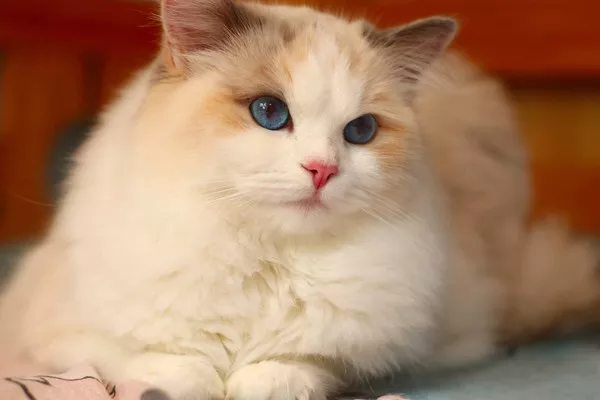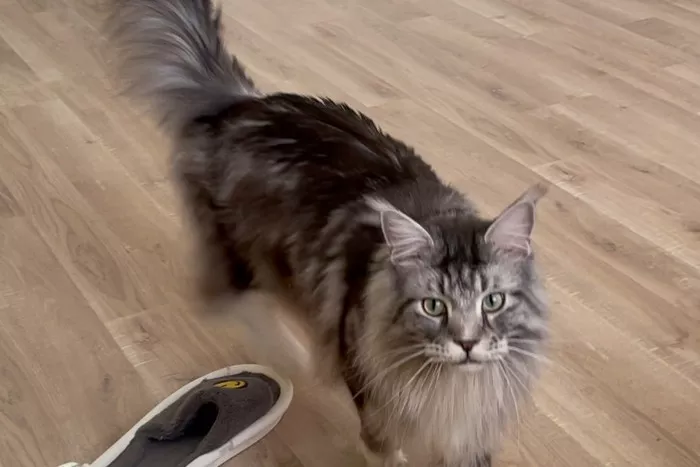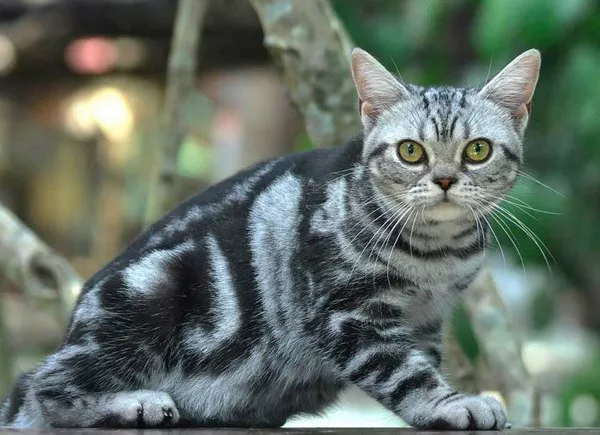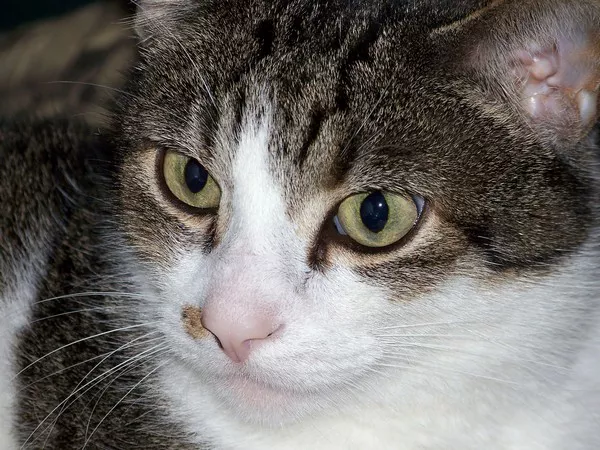When it comes to the culinary preferences of our feline friends, cat owners often find themselves navigating a maze of questions regarding what constitutes a safe and healthy treat. Ragdoll cats, known for their striking blue eyes and docile nature, captivate the hearts of many pet enthusiasts. As responsible cat guardians, it’s natural to wonder whether sharing a morsel of bread with our Ragdoll companions is a harmless indulgence or a potential health concern. In this article, we delve into the nutritional needs of Ragdoll cats, explore the implications of bread consumption, and offer insights into maintaining a well-balanced feline diet.
Understanding the Ragdoll Cat’s Dietary Requirements
Before addressing the question of whether Ragdoll cats can eat bread, it’s essential to recognize the dietary needs specific to this breed. Ragdolls, like all cats, are obligate carnivores, meaning their nutritional requirements are primarily derived from animal sources. A well-balanced feline diet consists of high-quality cat food formulated to meet these carnivorous needs.
The key components of a Ragdoll cat‘s diet include:
Protein: Cats, including Ragdolls, require a significant amount of high-quality animal protein for muscle development and overall health.
Fat: Healthy fats are crucial for providing energy and supporting various bodily functions, including skin and coat health.
Taurine: Taurine is an essential amino acid for cats, and a deficiency can lead to severe health issues. High-quality cat food is designed to meet their taurine requirements.
Vitamins and Minerals: A complete cat diet includes essential vitamins and minerals to support overall well-being.
Can Ragdoll Cats Safely Consume Bread?
1. Nutritional Value of Bread:
Bread, a staple in many human diets, is primarily composed of carbohydrates. While it provides energy, it lacks the essential nutrients that form the foundation of a feline’s nutritional needs.
2. The Carbohydrate Conundrum:
Cats are not natural consumers of carbohydrates. Their digestive systems are optimized for a meat-based diet, and excessive carbohydrates can contribute to weight gain and other health issues.
3. Potential Harmful Ingredients:
Commercial bread often contains additives, preservatives, and other ingredients that may not align with a cat’s digestive system. Onions and garlic, common bread ingredients, are known to be toxic to cats and should be avoided.
4. Digestive Concerns:
The feline digestive system is sensitive, and introducing unfamiliar foods, especially those outside their natural diet, can lead to digestive upset, including diarrhea or vomiting.
5. Risk of Obesity:
Offering bread as a treat may contribute to excessive calorie intake, potentially leading to obesity. Maintaining a healthy weight is crucial for a Ragdoll cat’s well-being.
6. Consideration for Individual Sensitivities:
Each cat is unique, and individual sensitivities may vary. While some cats may tolerate small amounts of bread without apparent issues, others may react negatively.
Moderation and Alternatives
While bread may not align with the optimal nutritional profile for Ragdoll cats, moderation is the key when considering occasional treats. If you choose to offer your Ragdoll a small piece of bread as an occasional indulgence, consider the following tips:
Minimal Portions:
Offer only tiny portions of plain, unseasoned bread to minimize the impact on your cat’s overall diet.
Avoid Additives:
Choose bread with the fewest additives, and ensure it does not contain ingredients like onions or garlic, which are harmful to cats.
Monitor for Reactions:
Introduce new treats slowly and monitor your cat for any adverse reactions. If you observe digestive upset or other signs of discomfort, discontinue the treat.
Explore Cat-Safe Alternatives:
Instead of bread, consider offering cat-safe treats specifically designed to meet feline nutritional needs. Consult with your veterinarian to select appropriate treats for your Ragdoll.
Maintaining a Well-Balanced Feline Diet
To ensure the overall health and well-being of your Ragdoll cat, focus on providing a nutritionally complete and balanced cat food. Consider the following guidelines:
High-Quality Cat Food: Choose a high-quality cat food that meets the nutritional standards set by veterinary associations. Look for options that prioritize animal protein sources.
Age-Appropriate Nutrition: Tailor your Ragdoll’s diet to their life stage. Kittens, adults, and seniors have varying nutritional needs, and selecting age-appropriate food supports optimal health.
Hydration: Cats may not have a strong thirst drive, so ensure they receive adequate moisture through wet cat food or by adding water to dry kibble.
Veterinary Guidance: Consult with your veterinarian to establish a feeding routine that aligns with your Ragdoll’s individual health requirements. Regular veterinary check-ups contribute to early detection of potential issues.
Interactive Play: Enhance your Ragdoll’s well-being through interactive play and mental stimulation. Engaging activities contribute to their overall happiness.
Conclusion
In the realm of feline nutrition, the question of whether Ragdoll cats can eat bread highlights the importance of understanding a cat’s unique dietary requirements. While bread may not be a nutritionally ideal treat for Ragdolls, occasional indulgences in small, cat-safe portions can be considered. However, maintaining a well-balanced and species-appropriate diet remains the cornerstone of feline health.
As a responsible cat owner, the emphasis should be on providing a nutritionally complete and balanced diet that meets the specific needs of Ragdoll cats. By prioritizing their well-being through thoughtful dietary choices, regular veterinary care, and enriching interactions, you can ensure that your Ragdoll companion enjoys a long, happy, and healthy life.























